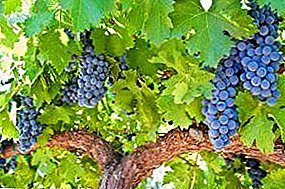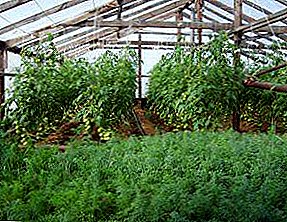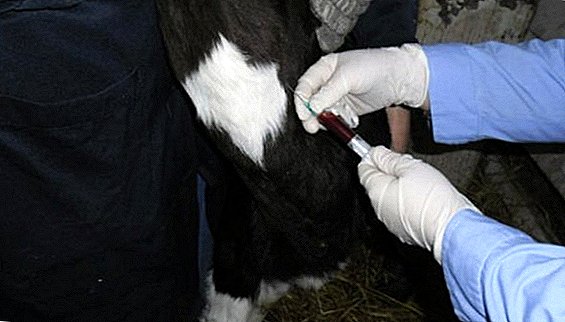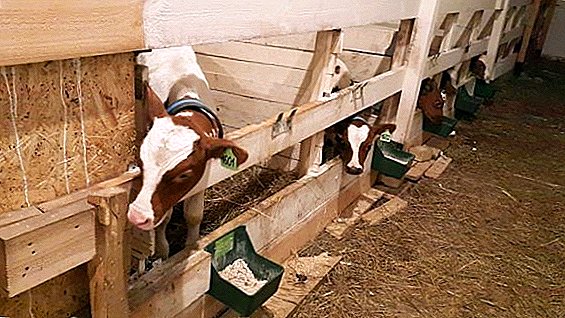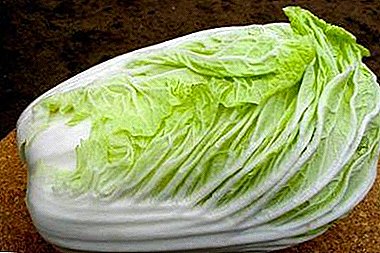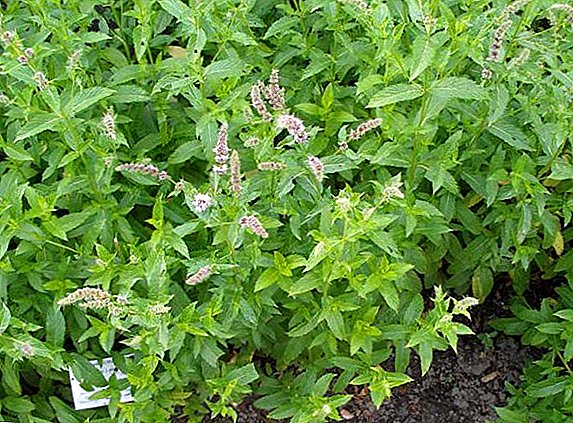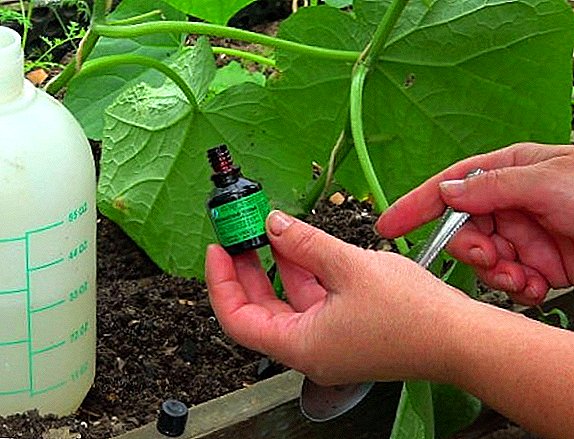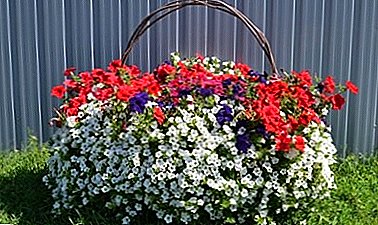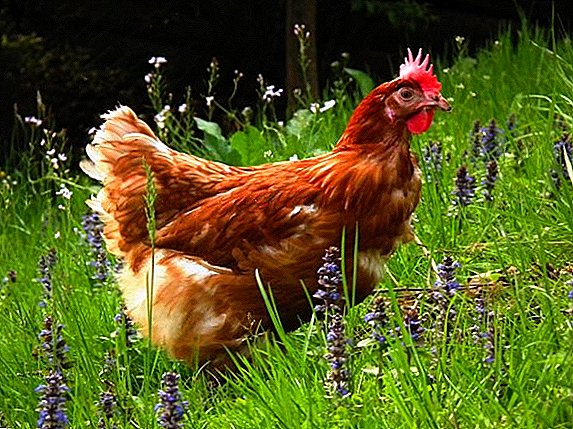 The appearance of blood from the anus of a chicken can be a sign of both harmless phenomena and serious diseases - inflammatory processes of the reproductive organs, infection with helminths, the presence of infectious agents, the removal of eggs of irregular shape, injury. It is impossible to determine the cause "by eye", so the bird must be shown to the vet. In the same place will appoint treatment if the infectious or parasitic cause of occurrence of a blood is confirmed.
The appearance of blood from the anus of a chicken can be a sign of both harmless phenomena and serious diseases - inflammatory processes of the reproductive organs, infection with helminths, the presence of infectious agents, the removal of eggs of irregular shape, injury. It is impossible to determine the cause "by eye", so the bird must be shown to the vet. In the same place will appoint treatment if the infectious or parasitic cause of occurrence of a blood is confirmed.
Why and what to do if the chicken is bleeding from the anus
The most dangerous for the livestock infection. In this case, only the doctor can confirm or deny the concerns on the basis of the examination of the chicken and the tests obtained. At the time of treatment, the sick chicken is isolated.
Poultry farmers should consider the most popular chicken diseases: coccidiosis, Gamboro, tuberculosis, the common cold, bird flu and infectious laryngotracheitis.
The pathologies of a non-infectious nature include inflammatory processes of the oviduct, as well as improper feeding or maintenance of chickens. In such situations, it is necessary to make changes in the diet, and treat a sick chicken. 
Cloacite
Inflammation of the mucous membrane of the cloaca or cloacitis occurs due to inflammation of the oviduct or constipation in the layer. The disease can affect both individual layers and the entire chicken coop.
Symptoms of the disease are:
- lethargy and apathy;
- weight loss;
- swelling of the anus;
- dirty feathers at the anus;
- loss of feather at the cloaca;
- pain sensations.
Did you know? The largest egg laid by hen Blangh Leggorn breed in 1956. Egg weight was 454 g.
Since constipation is considered the main cause of the pathology, its prevention is a balanced diet. Including availability:
- enough liquid in the diet;
- fiber, which is contained in the green feed;
- crushed seashells or gravel, which contribute to the digestion of food.
 The treatment consists of:
The treatment consists of:- lubrication of the anus swab with an aqueous solution mumiyo 3% until the symptoms disappear;
- adding mummies to drinking at the rate of 0.04 mg per 1 kg of the weight of the hen for 2 weeks.
Important! Pumpkin seeds are a natural anthelmintic. They must be given to chickens for the prevention of helminthiasis.
Salpingitis
Inflammation of the oviduct in chickens or salpingitis is a disease that can occur because there is not enough calcium in the diet, due to mechanical injury to the oviduct or as a result of an infectious disease.
Symptoms of the disease are:
- deformation of eggs;
- egg laying reduction;
- rejection of feed;
- lethargy and lethargy;
- prolapse of the oviduct;
- mucous discharge;
- irregular stools;
- blue scallop.
 Deformation of eggs, as one of the symptoms of salpingitis Treatment:
Deformation of eggs, as one of the symptoms of salpingitis Treatment:- vaseline is introduced into the cloaca, which lubricates the mucous membrane, preventing irritation;
- 1% intramuscular injection of synesterol 1 ml per 1 chicken to stimulate the hormonal system;
- Pituirin injection to stimulate the activity of the oviduct 50,000 units. intramuscularly 2 p / day for 4 days.
Did you know? Cockfights are mentioned in written sources of Sumer and Babylonia from 700 BC. In Thailand, there are special shops selling equipment for feathered soldiers.
Irregular egg shape
Any form of the egg that is different from oval - with tubercles, elongated, with soft shell, ribbed, with the presence of deposits on the shell, etc. will be considered invalid. The main cause of the phenomenon is a lack of calcium in the diet, but it can also be:
- the beginning of the formation of egg-laying in a young laying hen;
- stress.
 Drug treatment this phenomenon does not require. Just increase the amount of calcium in the feed. To do this, in a separate trough put chalk, ground shells or egg shells.
Drug treatment this phenomenon does not require. Just increase the amount of calcium in the feed. To do this, in a separate trough put chalk, ground shells or egg shells.It will be useful for you to learn why chickens carry small eggs, why chickens carry eggs with a green yolk and why chickens do not carry eggs.
Rasklyov
Grouching in chickens is an aggression towards other birds associated with:
- insufficient space for birds;
- parasites;
- conflicts among chickens;
- calcium deficiency;
- substandard feed;
- excessive moisture or heat.
 Measures taken:
Measures taken:- This phenomenon is not medically treated. Add calcium to your diet and make sure that the birds do not need to fight at the feeders.
- A hen that has blood is temporarily separated from the herd until the wounds heal. Wounds are treated with Chlorhexedin for surface disinfection and smeared with Zinc ointment, which has anti-bactericidal and wound-healing properties.
- For representatives of the fighting breeds there are special blinders. They reduce the viewing angle in front and, accordingly, reduce the level of aggression. Such a measure can be applied to all fighting breed roosters if they begin to fight. If, however, 1 bird is seen in the bow, then it is usually cut for meat.
Read more about why chickens peck each other to the blood.
Moult
Shedding can be:
- seasonal;
- age;
- stressful.
 Seasonal molt occurs in spring and autumn in all birds and is associated with a change in temperature and humidity conditions. It may take several weeks. Age occurs in chickens aged 4-8 weeks. Stress can be caused by various reasons, and to normalize the state of the chicken, you need to remove the stress factor.
Seasonal molt occurs in spring and autumn in all birds and is associated with a change in temperature and humidity conditions. It may take several weeks. Age occurs in chickens aged 4-8 weeks. Stress can be caused by various reasons, and to normalize the state of the chicken, you need to remove the stress factor.Poultry farmers should learn all the features of molting in chickens.
Measures taken:
- The hen in which blood is found must be isolated from other birds. Show it to the vet to make sure that the molt and blood in the area of the cloaca are not signs of worms or infection.
- The diet of the bird during the molting period must be maximally saturated with vitamins and microelements. The bird's feather is a squirrel. To replenish it, the hens are given mash on the skimming, add cottage cheese, fish and other protein-rich ingredients to the diet.

How to prevent the appearance of pathology (prevention)
To prevent the emergence of non-infectious pathologies, it is necessary:
- comply with the rules of the diet - the ratio of grain and green fodder;
- provide the henhouse with calcium at a rate of 6–9% of the total mass of the feed;
- provide birds with sufficient space - at least 0.25 square meters per 1 chicken;
- provide a sufficient number of feeders - for notch feeders at least 10 cm per 1 bird.
We recommend to read about how much feed you need to lay a chicken a day, how to cook: mash, mineral supplements and feed for laying hens.
All non-infectious causes of cloacal blood are treatable. When creating conditions that optimally provide chickens with high-quality food and a place at the feeder, the above pathologies will not arise.



